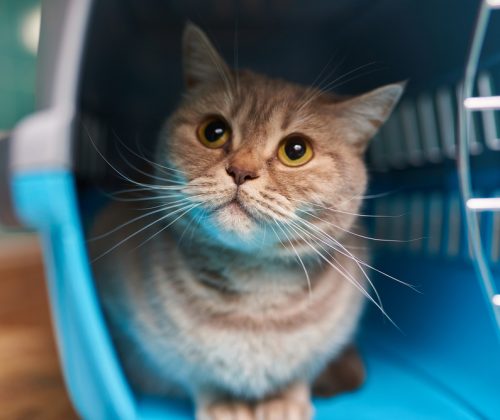Cataracts in dogs are a significant concern that impacts the furry companions’ quality of life. Understanding the symptoms, diagnosis, and treatment options is crucial for ensuring their well-being.
Understanding Cataracts
Cataracts occur when the lens of the eye becomes cloudy, obstructing the passage of light and impairing vision. While cataracts can develop in dogs of any age, they are more commonly seen in older pets. Certain breeds are predisposed to cataract formation, including Poodles, Bichon Frises, and Cocker Spaniels.
Recognizing Symptoms Of Cataracts 👀
Identifying cataracts can be challenging, especially in the early stages, but there are some telltale signs:
Cloudiness or opacity in one or both eyes
Difficulty navigating familiar spaces, especially in the dark
Reluctance to go up or down stairs
Increased clumsiness or bumping into objects
Changes in eye color or appearance
Rubbing or pawing at the eyes
Diagnosis and Evaluation Of Cataracts
If symptoms are noticed, it’s crucial to schedule an appointment with a veterinarian promptly. A comprehensive eye examination will be conducted to assess the dog’s ocular health. This may include visual acuity tests and examination of the lens using specialized equipment.
Exploring Treatment Options 🩺
The treatment approach depends on factors like the severity of the condition and the pet’s overall health. While surgery is often recommended for advanced cataracts that significantly impair vision, not all cases require immediate intervention.
The most appropriate course of action may include:
Surgical Removal: During cataract surgery, the cloudy lens is removed and replaced with an artificial intraocular lens (IOL). This procedure can restore the dog’s vision and significantly improve their quality of life.
Medical Management: In some cases, especially when surgery is not feasible or recommended, medications or dietary supplements can be used to manage cataract progression and associated symptoms.
Encouraging Proactive Care
Regular veterinary check-ups, including comprehensive eye examinations, are essential for early detection and management of ocular conditions like cataracts. Early detection is key to successful management.



